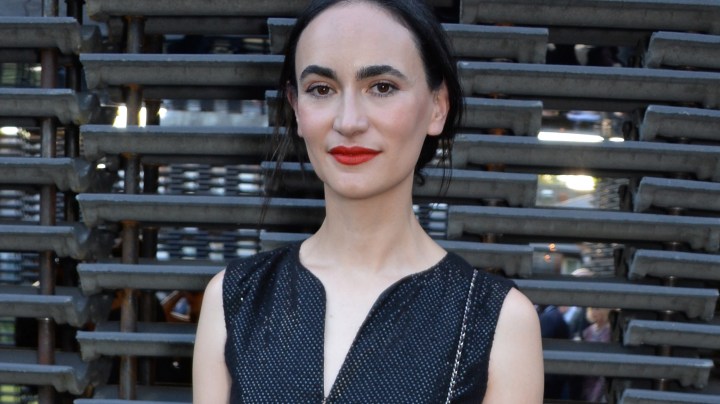Mexican Architect Frida Escobedo is First Woman to Design Wing at The Met

LONDON, ENGLAND - JUNE 19: Frida Escobedo attends the annual summer party in partnership with Chanel at The Serpentine Pavilion on June 19, 2018 in London, England. (Photo by David M. Benett/Dave Benett/Getty Images for Serpentine Galleries)
The Metropolitan Museum of Art in New York City is a globally recognized institution. Affectionately called The Met, the museum is the largest art museum in the Americas and has tapped a Mexican architect to renovate its modern and contemporary galleries.
Frida Escobedo is the first woman hired by The Met to design a wing of the prestigious museum. The institution chose Escobedo after an international search for an architect to lead the $500-million project.
“The project will encompass a full reimagining of the current modern and contemporary galleries, which The Met has been seeking to revamp for more than a decade, creating 80,000 square feet of galleries and public space,” reads a statement from the institution. “The cost of the renovation is estimated to be $500 million.”
Escobedo has worked on high-profile design jobs throughout Mexico, including Hotel Boca Chica in Acapulco. Her name became an international household name in the architecture world when she was the youngest person selected to do the annual redesign of the Serpentine Pavilion in London’s Kensington Gardens in 2018.
“I like challenges,” Frida Escobedo told The New York Times. “One of the dream commissions for any architect is to design an institution with the importance and relevance of The Met.”
She didn’t go into detail about her plans for her project at The Met but the hype is real. People are praising the museum’s decision to tap an architectural star and choosing the first woman tasked with reimagining part of the institution.